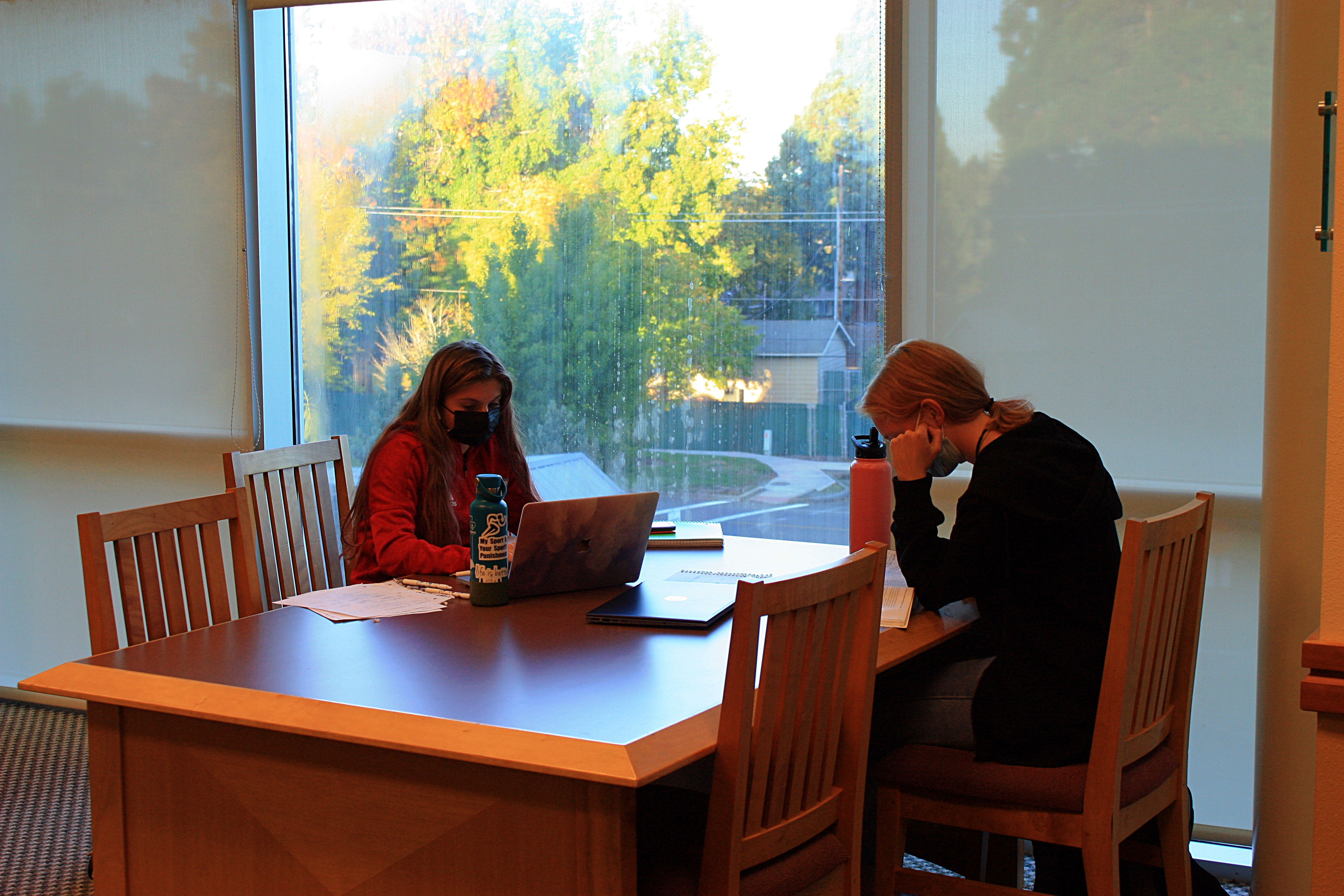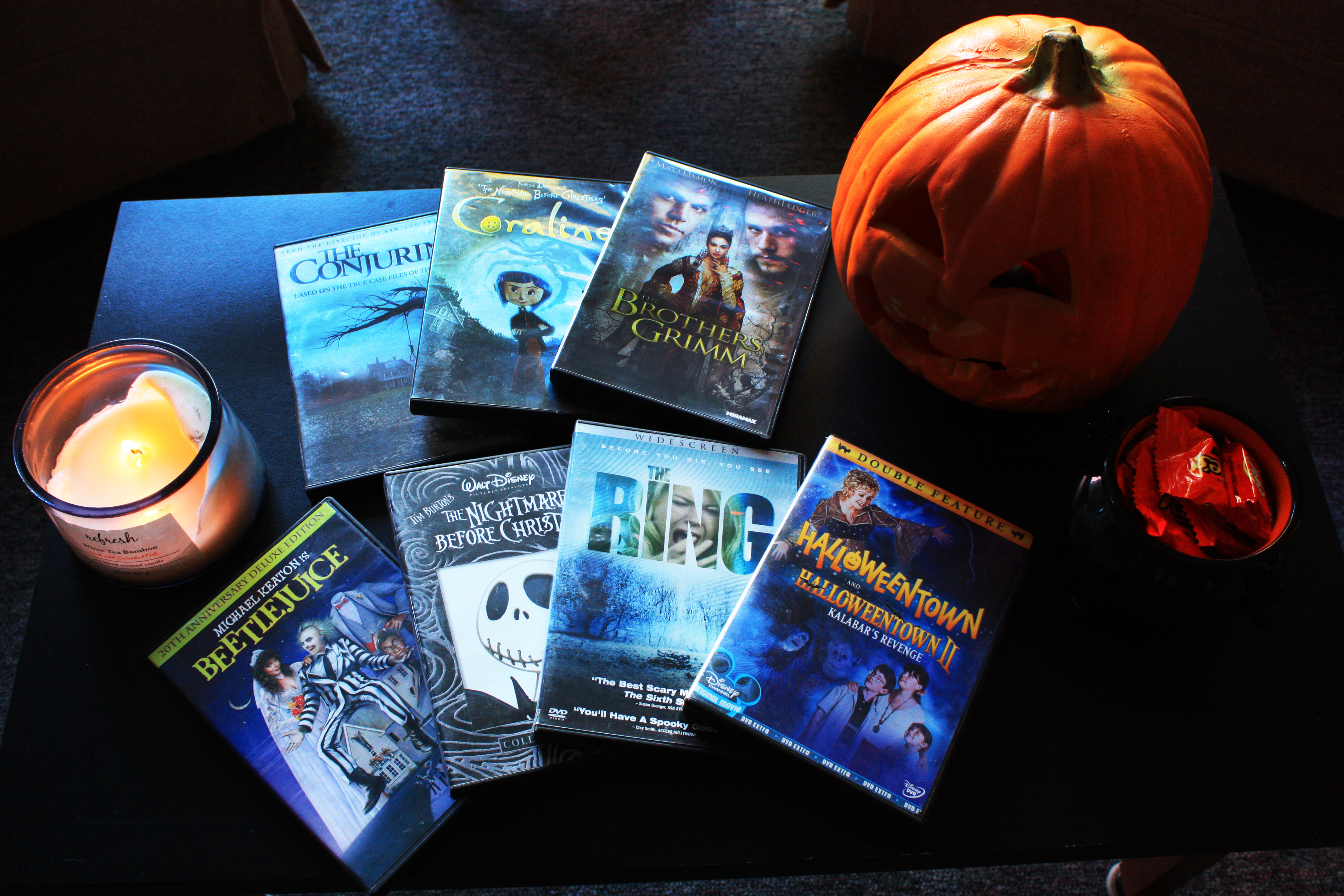Due to suggestions from students, Hamersly Library extends hours, ensuring students have access to facilities
Stephanie Moschella | Digital Media Manager & Cora McClain | Editor-in-Chief
Starting Sep. 27, Hamersly Library opened its doors past closing to Western students and affiliates. In addition to the 24-hour room being available, Hamersly will be open for additional evening and late night hours: Monday – Wednesday 6 p.m. – 12 a.m., Saturday 4 p.m. – 9 p.m., and Sunday 4 p.m. – 12 a.m.
Students have already begun using these extra hours and resources, found across all three floors of the library.
Pre-nursing first-year Finn Jennings explained that the extended hours would give more access to library resources. “There are more opportunities to check out books,” Jennings said, “if you forget, you can come in late.”
Along with increased access to library resources, these hours also give students another place to go to get work done or gather safely for group work. The study rooms in the library have been reopened with mask requirements, even if students use them alone. Reservations for study rooms can be done online or by calling the library. Walk-ins are available, but they work on a first come first serve basis.
First-year education major Alexis MenkeBowers said she will be using the extended hours a lot.

“I only get stuff done if I’m in a third location,” MenkeBowers explained, “I’m not very good at keeping myself accountable in my room.”
Jordan Bell, first-year psychology major, agreed that the ability to study in a different location is beneficial, “especially for students who have a roommate who isn’t quiet, or who can’t work in their room.”
Run entirely by student employees, Hamersly will only be available for people affiliated with Western. Working closely with campus security, student employees ensure a Western-only library during the nighttime hours. Before entering the building, all must show their Western IDs in the lobby. If students do not have their IDs on them, they can also successfully log in to their portal on a shared laptop at the new concierge desk.
The additional hours also created new student employment opportunities, such as the peer advocate. A peer advocate is the stand in lead of the library once all Western faculty leaves. They are the most trained person that can aid anyone coming into the library and are essential in training new student employees as well. Peer advocates perform regular walkthroughs of the entire library, establishing safeguards to check that patrons are adhering to mask mandates and the Western exclusive rules.
Public services librarian Janeanne Rockwell-Kincanon described how, during the 2020–21 school year, multiple groups of students criticized the shortened library hours. Many students explained how they were in need of the free and public resources. The additional hours were opened because students showed an interest in late night hours.
For instance, sophomores Lindie Larson and Kaiya Leamy, social science major and biology major respectively, explained how Western athletes benefit from these hours.
“We’re both student athletes so we can fit (these hours) around our schedules with practices,” said Larson; “especially on the weekends,” Leamy added.
Hamersly Library is taking steps to adapt to students’ needs with these extended hours. Not only are the resources available, but they are being managed in a safe way. As Rockwell-Kincanon described, it is “a student run library, for students.”

Contact the authors at westernhowleditor@thewesternhowl.com and digitalmediamanager@thewesternhowl.com.



